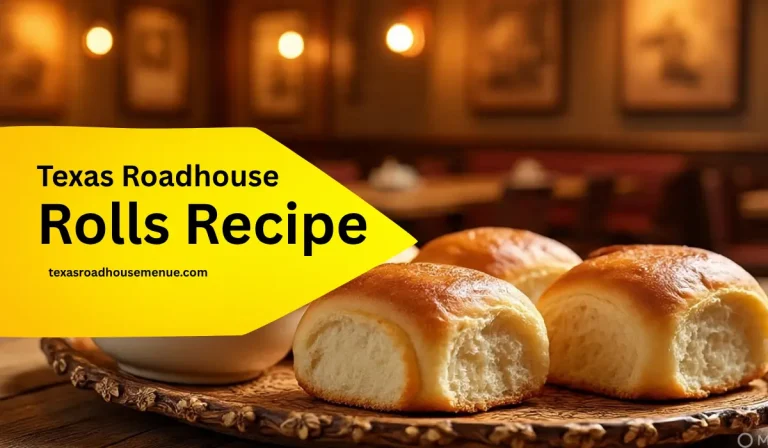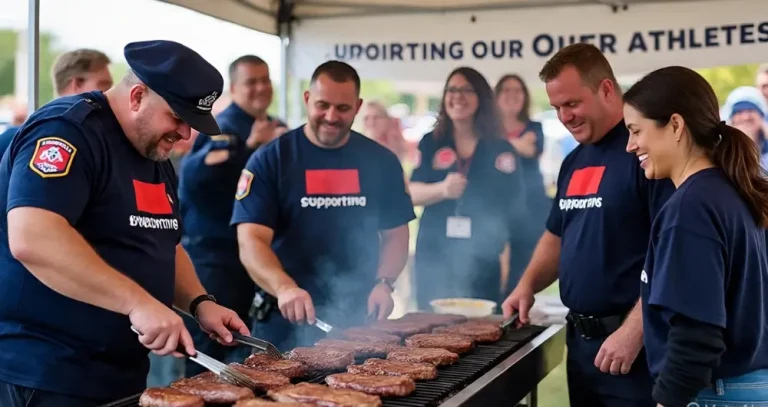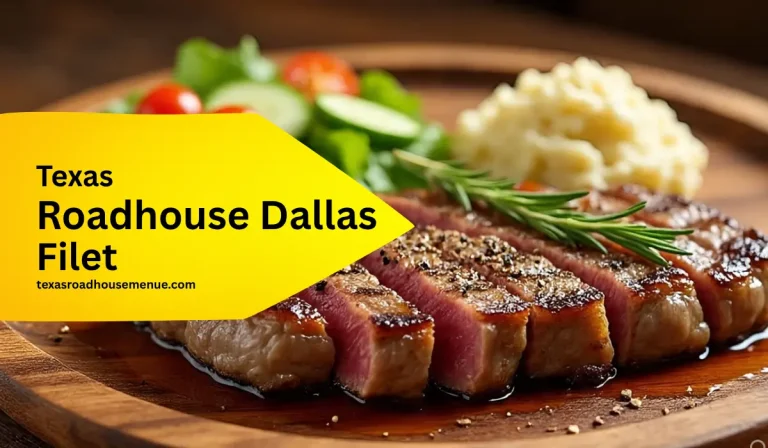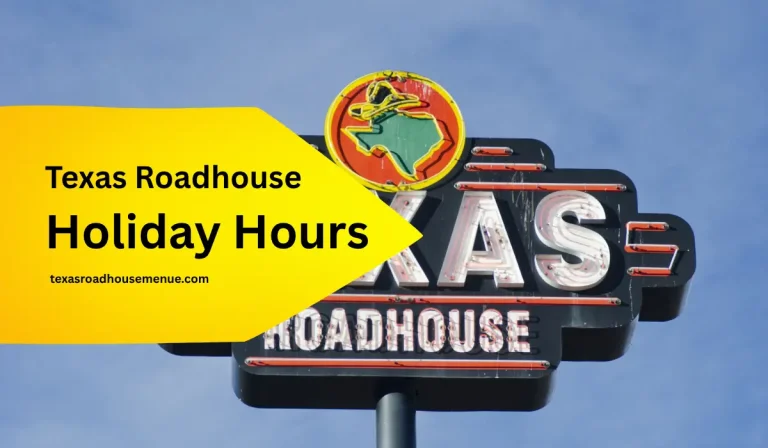Why Texas Roadhouse Steak Not Cut In-House (And What It Means for Diners)

Why Texas Roadhouse Steak Not Cut In-House?
Among the many hand-cut options on the menu, the Texas Roadhouse steak not cut in-house, the Porterhouse raises a surprising question for loyal diners and steak lovers alike.: If you’re a steak lover like me, you probably know that Texas Roadhouse isn’t just another roadside grill, it’s a full-on experience. From those buttery rolls and honey cinnamon butter to the lively country music and hand-cut steaks, it’s a place where meat is taken seriously. But here’s something that surprised even me as a regular: not all steaks at Texas Roadhouse are prepared in-house.
Yes, you heard that right. While the restaurant chain takes great pride in having in-house butchers hand-cut every steak fresh daily, there’s one surprising exception: the Porterhouse T-bone. This specific cut doesn’t go through the same on-site preparation as the others. And once you learn why, it’ll completely change how you see this menu item.
In this deep-dive, you’ll find out Why the Porterhouse is the only Texas Roadhouse steak not cut in-house. We’ll also explore what this means for quality-conscious diners, and how this small detail fits into Texas Roadhouse’s overall meat-cutting philosophy.
The Porterhouse Puzzle
Texas Roadhouse’s Porterhouse T-bone brings together two premium cuts of filet mignon and New York strip in one thick, bone-in steak. At 23 ounces, it’s one of the biggest and priciest options on the menu, offering both tenderness and bold beef flavor in every bite. But unlike the sirloin, ribeye, or Dallas filet, this one isn’t carved by the restaurant’s in-house meat cutters.
Why not? It comes down to tools, logistics, and quality control and we’re diving into all of it.
Texas Roadhouse: A Steakhouse with a Twist
Established in 1993 in Clarksville, Indiana, Texas Roadhouse has grown into one of the most beloved casual dining chains in the U.S., known for its lively atmosphere and generous portions. With over 600 locations nationwide, it’s built a reputation on in-house food preparation, especially when it comes to its star offering: steak.

Every Texas Roadhouse kitchen features trained meat cutters who prepare up to 300–400 steaks daily, ensuring consistent thickness, weight, and marbling. It’s part of what makes dining there feel more personal, almost like you’re getting something made just for you.
Except, of course, when it comes to the Porterhouse T-bone.
Is the Porterhouse Still Worth It?
So, should this matter to the average diner? That depends on what you value most: freshness, flavor, portion size, or price. While some guests rave about the juicy tenderness and generous size of the Porterhouse, others feel that knowing it was pre-cut and frozen off-site diminishes the appeal especially when compared to the freshly butchered cuts on the same menu. Food experts at Chowhound also rank the Porterhouse highly for its rich flavor and dual-cut structure, despite its frozen origin.
Why the Porterhouse T-Bone Isn’t Cut On-Site
At Texas Roadhouse, the Porterhouse T-bone is the only steak not cut in-house, primarily due to its thick T-shaped bone and large size, which require a specialized bone saw—a tool not available in most restaurant kitchens. While most cuts like the Ribeye or Sirloin are hand-cut daily by on-site butchers, the Porterhouse must meet USDA standards, including a 1.25-inch tenderloin section, making it harder to prepare on-site.
Key Reasons:
What Makes the Porterhouse Steak Special?
The Porterhouse steak stands out for offering a two-in-one steak experience, combining the tender filet mignon and the flavor-packed New York strip, divided by its signature T-shaped bone. Cut from the rear of the short loin, it’s prized for its rich taste, contrasting textures, and impressive size, making it a go-to choice for steak lovers seeking both luxury and flavor in one cut.
Why It’s a Standout:
Frequently Asked Questions






